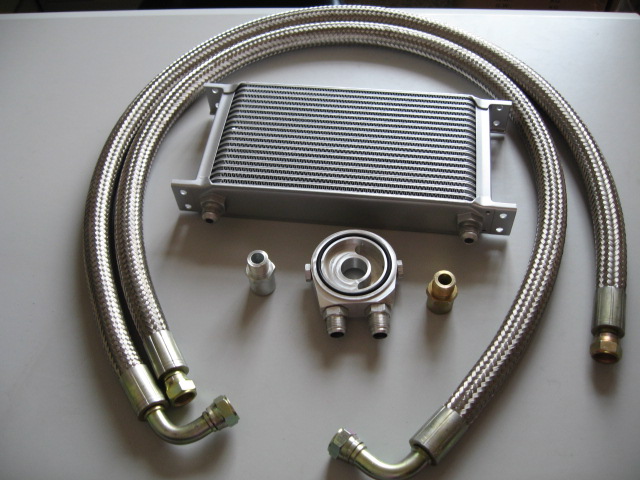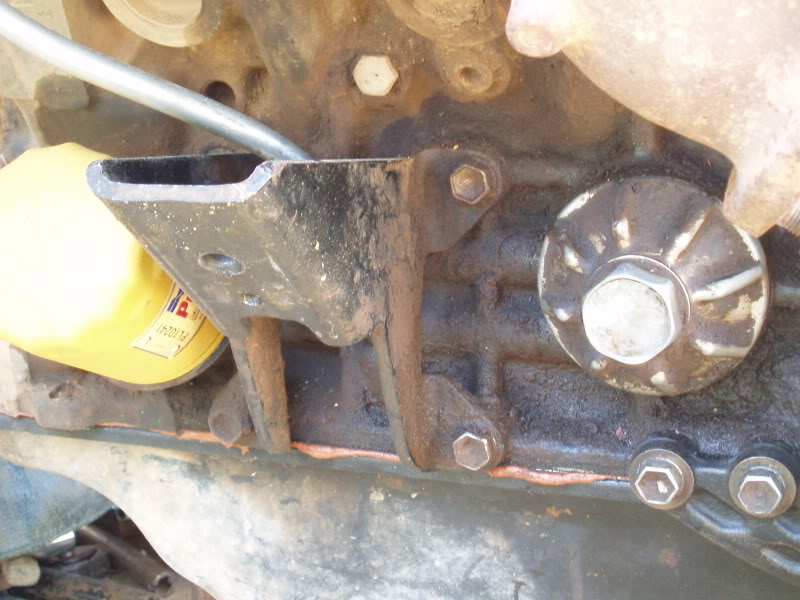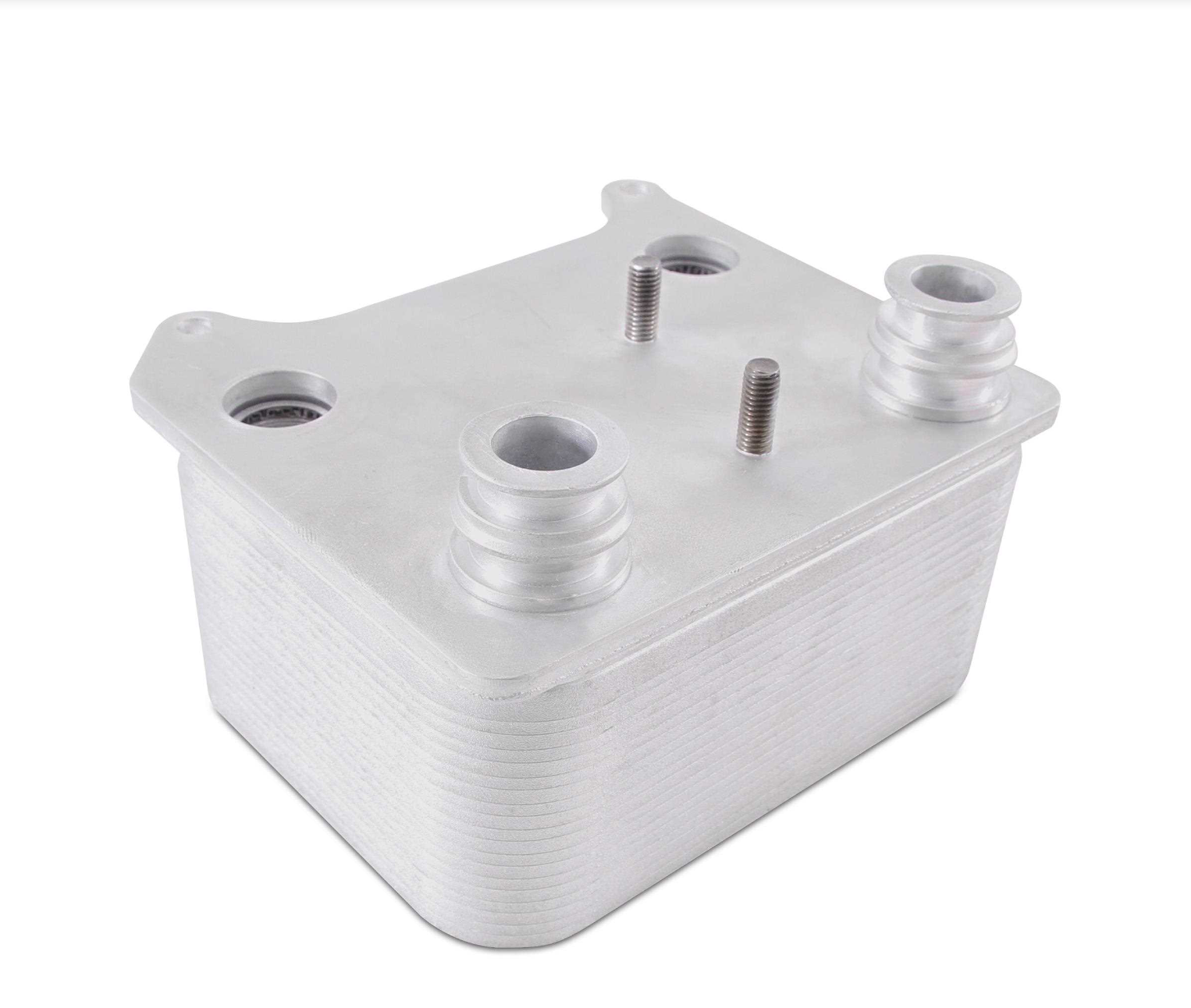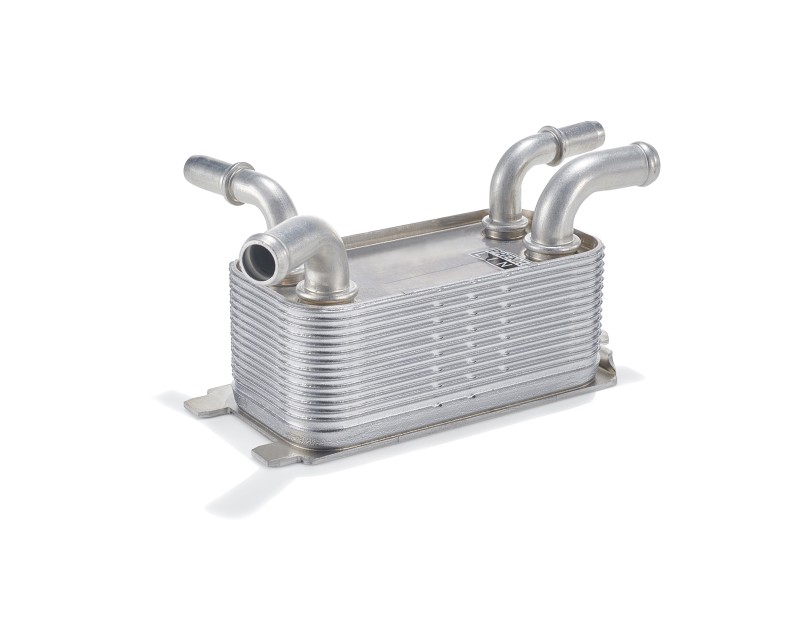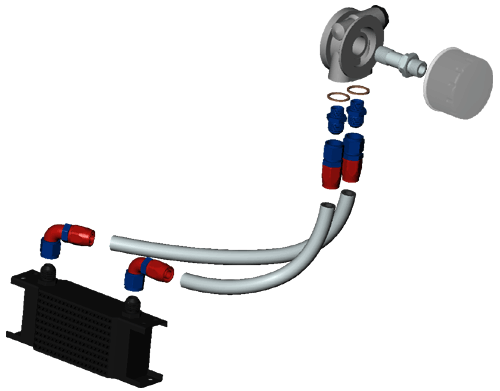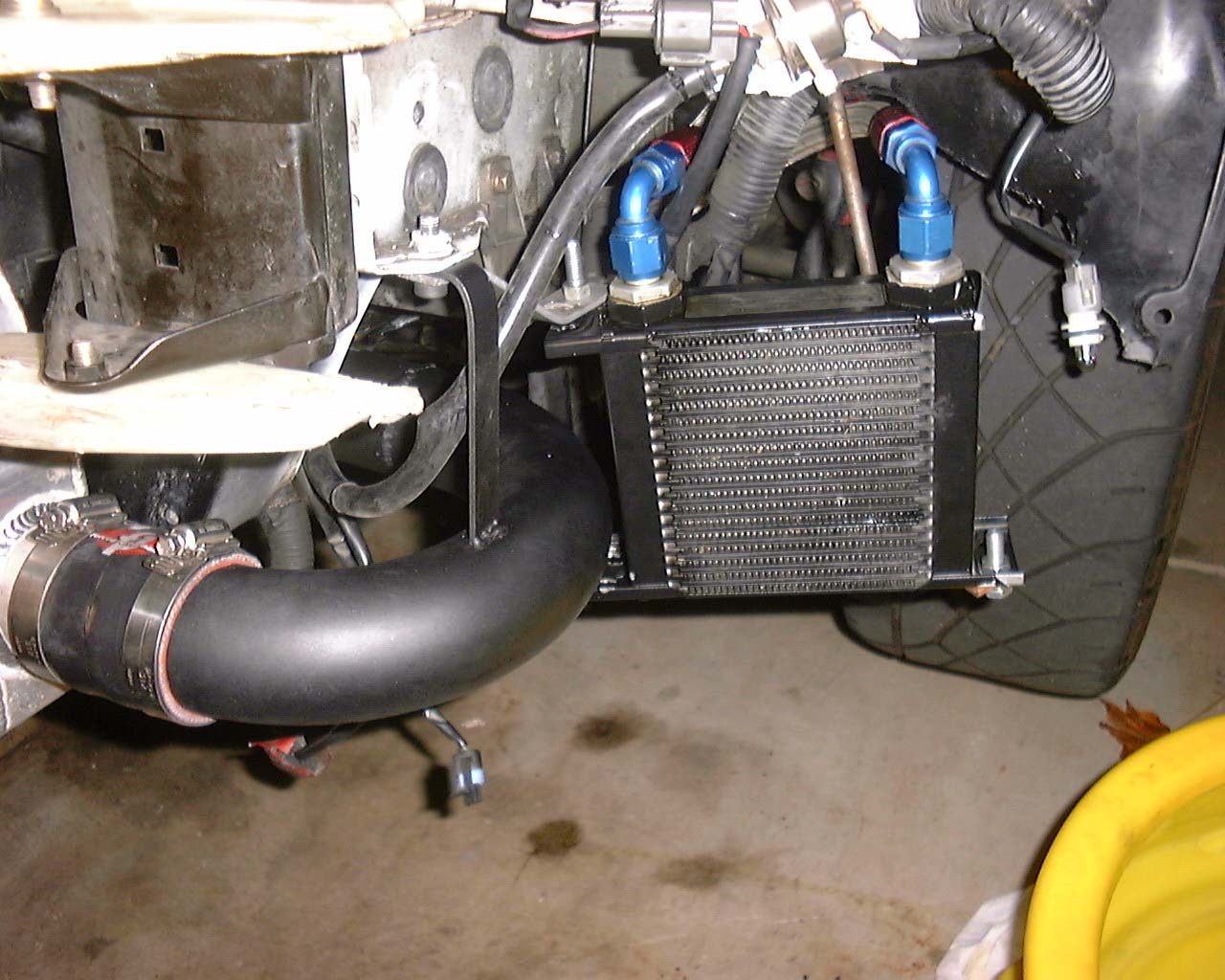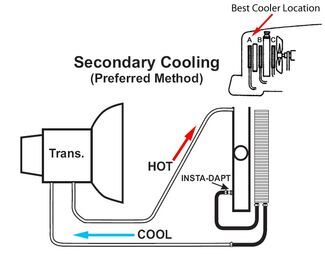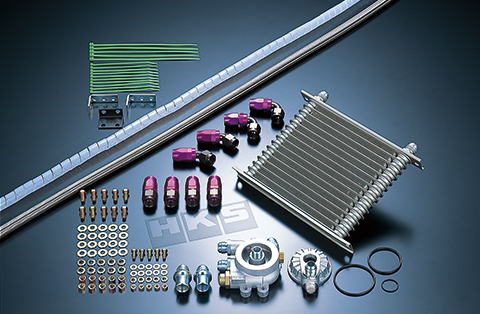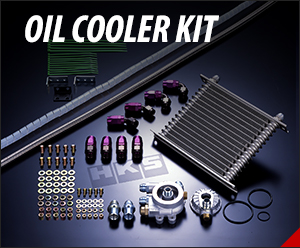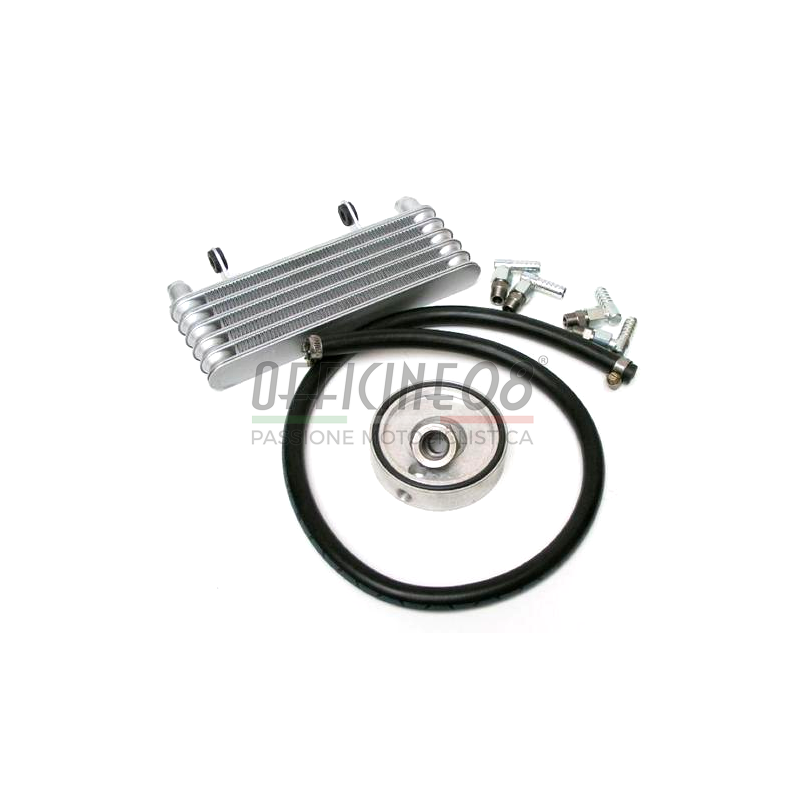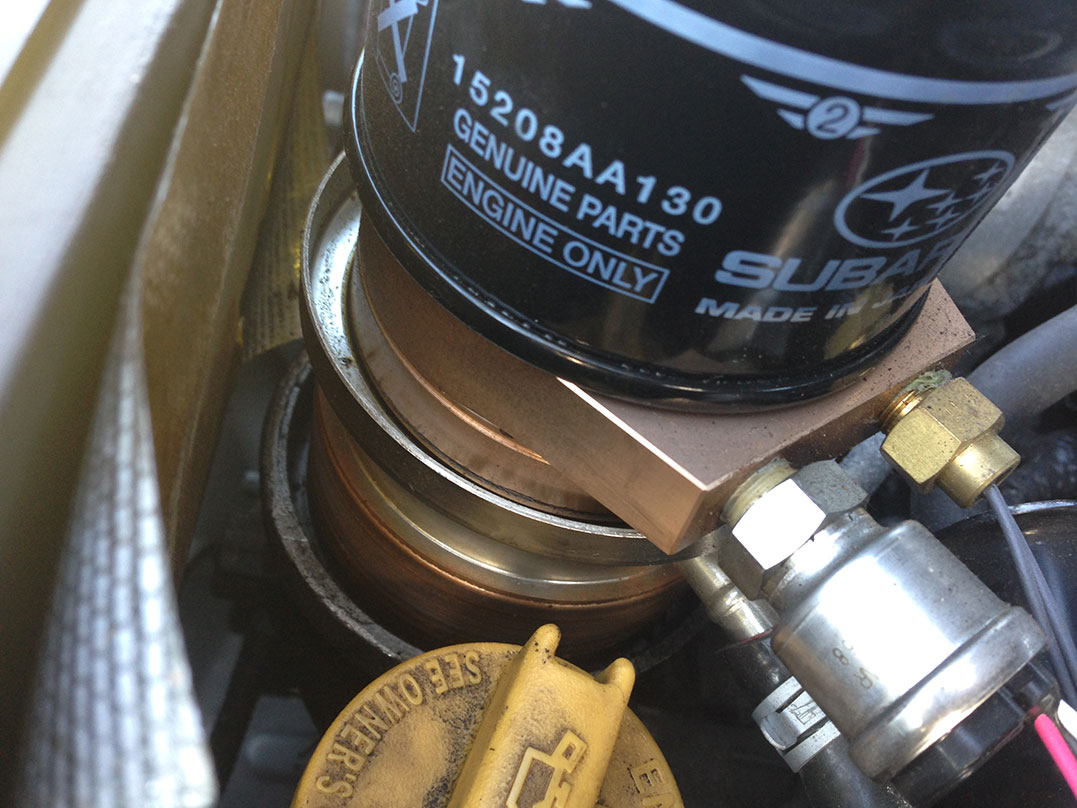Oil coolers are essentially small radiators that are situated in front of an engines cooling system in an automobile. Oil cooling is the use of engine oil as a coolant typically to remove surplus heat from an internal combustion engine.
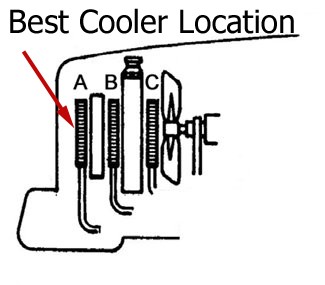
Frequently Asked Questions About Transmission Coolers
What is an oil cooler. Bringing down the temperature of motor oil has many focal points particularly in air cooled engines. The hot engine transfers heat to the oil which then usually passes through a heat exchanger typically a type of radiator known as an oil cooler. The idea being that the more passes the oil makes across the cooling front the more heat the oil will be able to dissipate. An oil cooler is essentially any device or machine intended to cool oil but in most instances people talk about it in the context of cars trucks and sometimes airplanes. It is used in hot weather or on long trips to keep the engine moving on the go. This means the amount of times the oil will pass across the length of the cooler before it is aloud to exit.
Motor oil coolers are small radiators set before the coolant framework on a car that lower the temperature of the oil as it goes through the loops. Oil cooler is a device that is used to cool engine oil and maintain the engine at a constant temperature. In these settings the cooler basically acts as a small radiator that helps keep an engine cool by keeping the oil supply at a consistent temperature. It is just operational when the engine is running. It is fitted in cars trucks and some airplanes. Hydraulic oil coolers also called heat exchangers use air or water to cool fluid in hydraulic systems.
The cooler is important as it improves efficiency and enhances the performance of the engine. The oil cooler is designed to come in a one pass two pass or even triple pass design. They pass oil through a coil or core to cool the oil before it enters the system. Its purpose is to cool the oil as it passes through the coils and it only operates when the engine is running.
